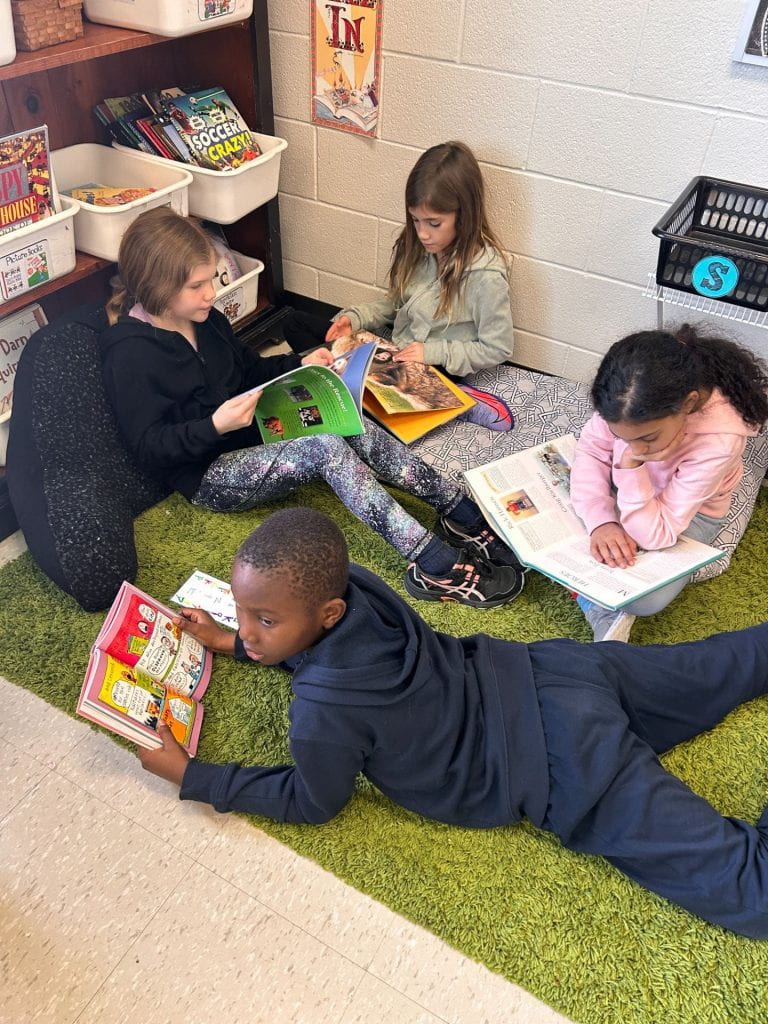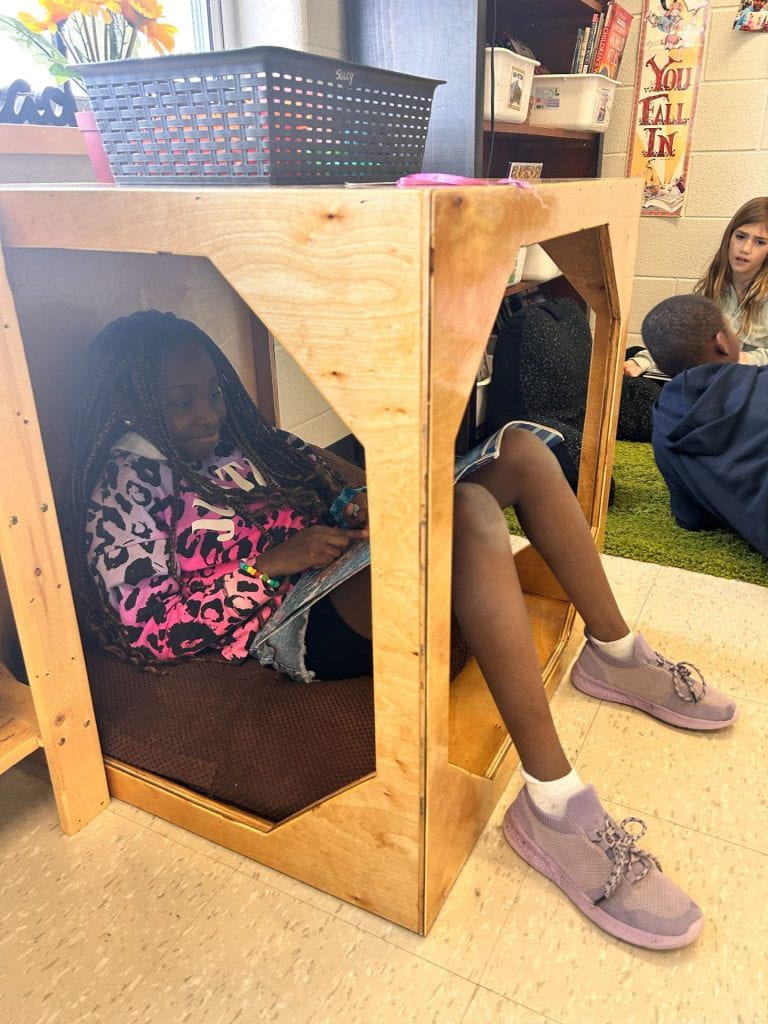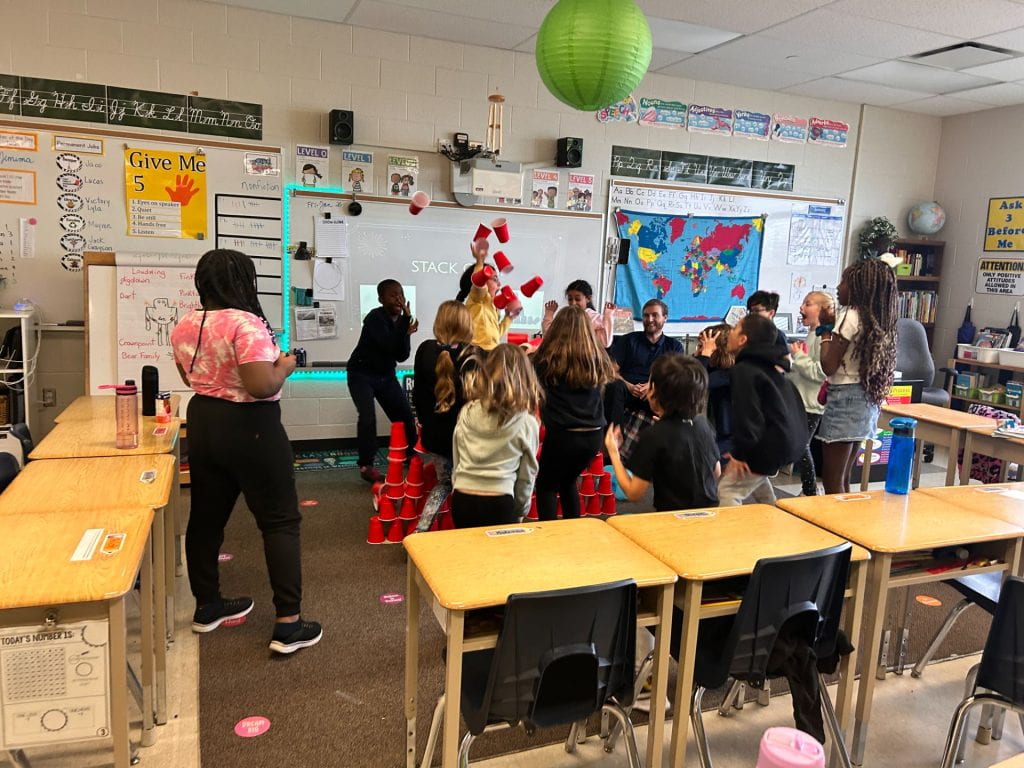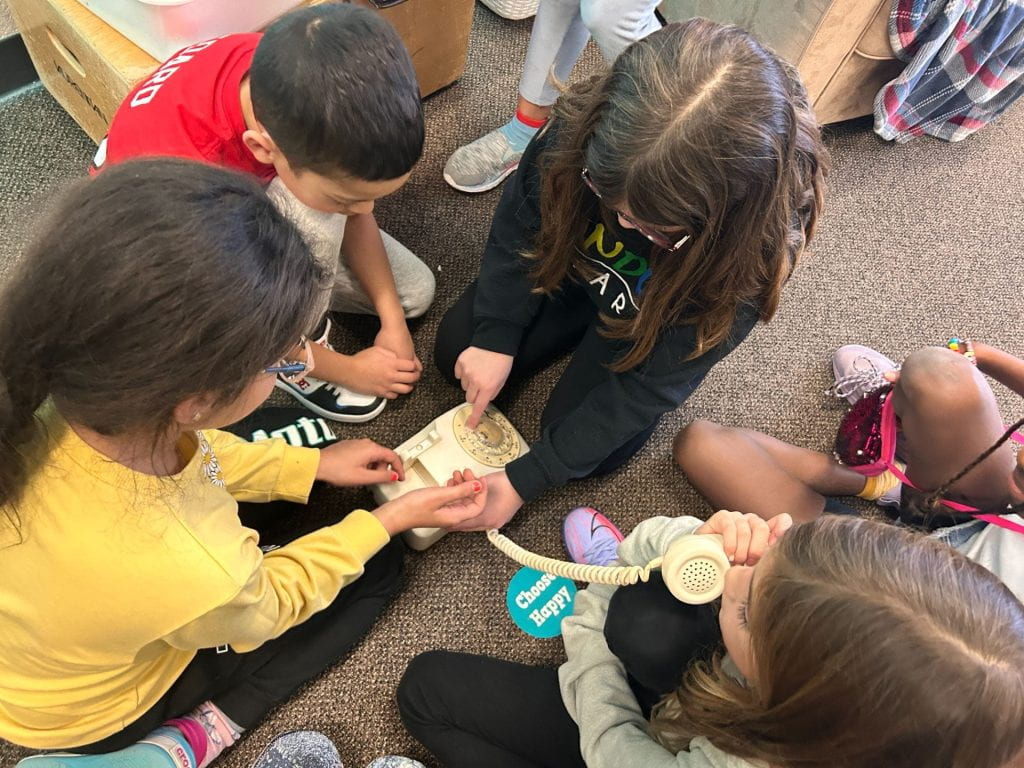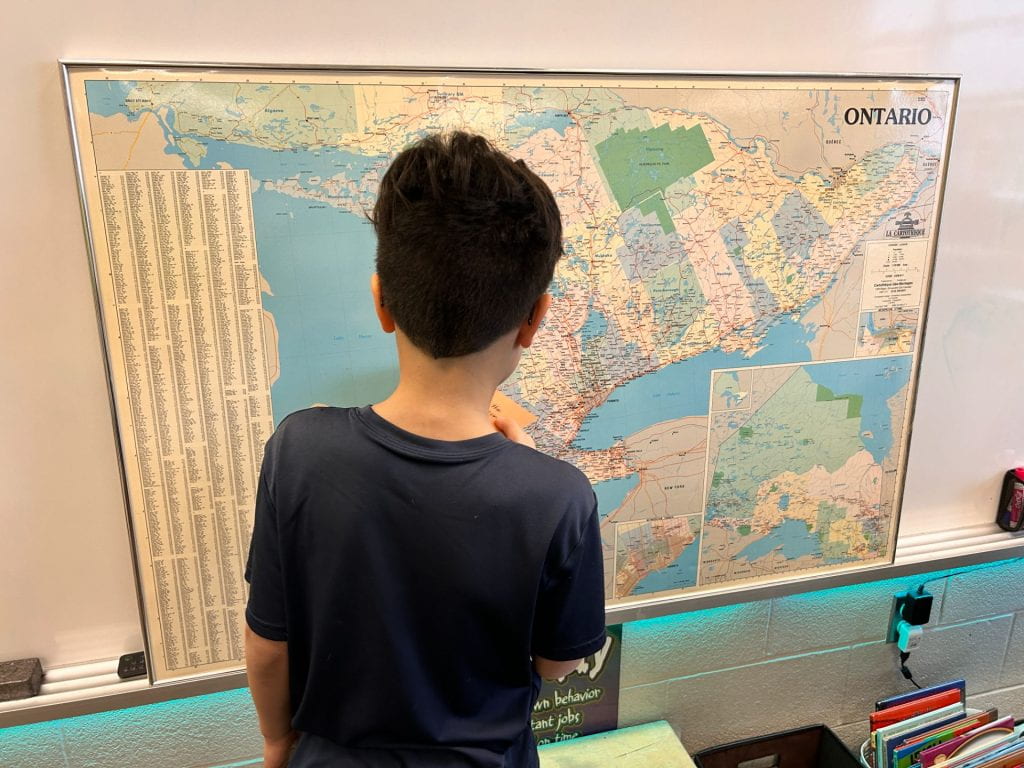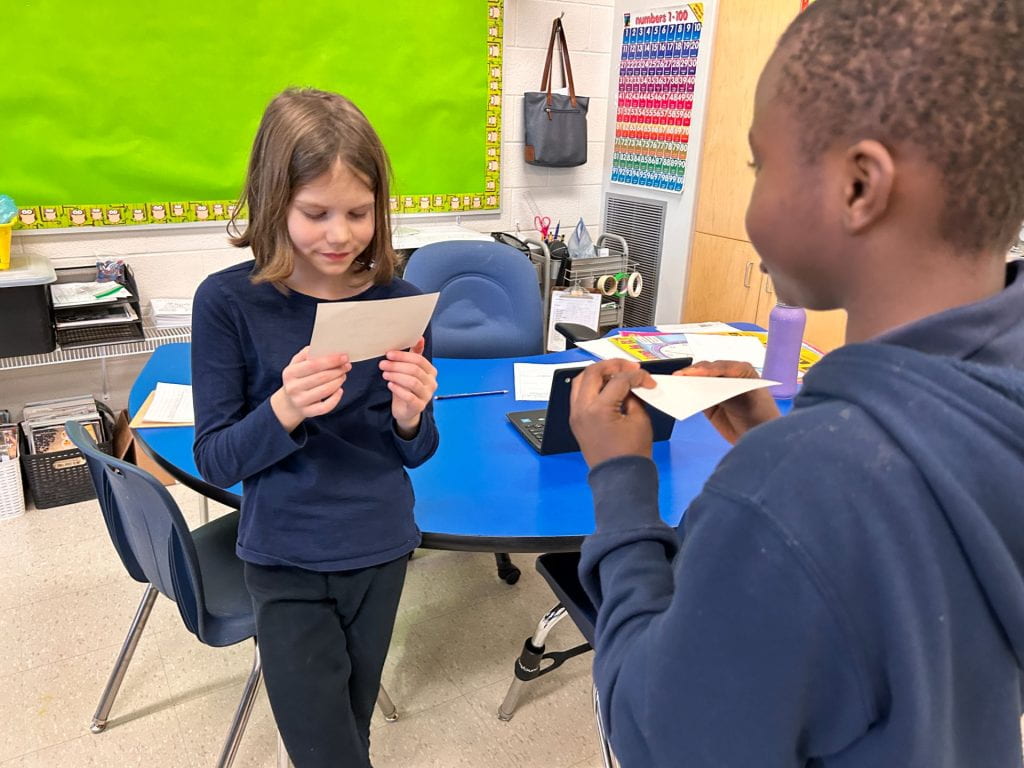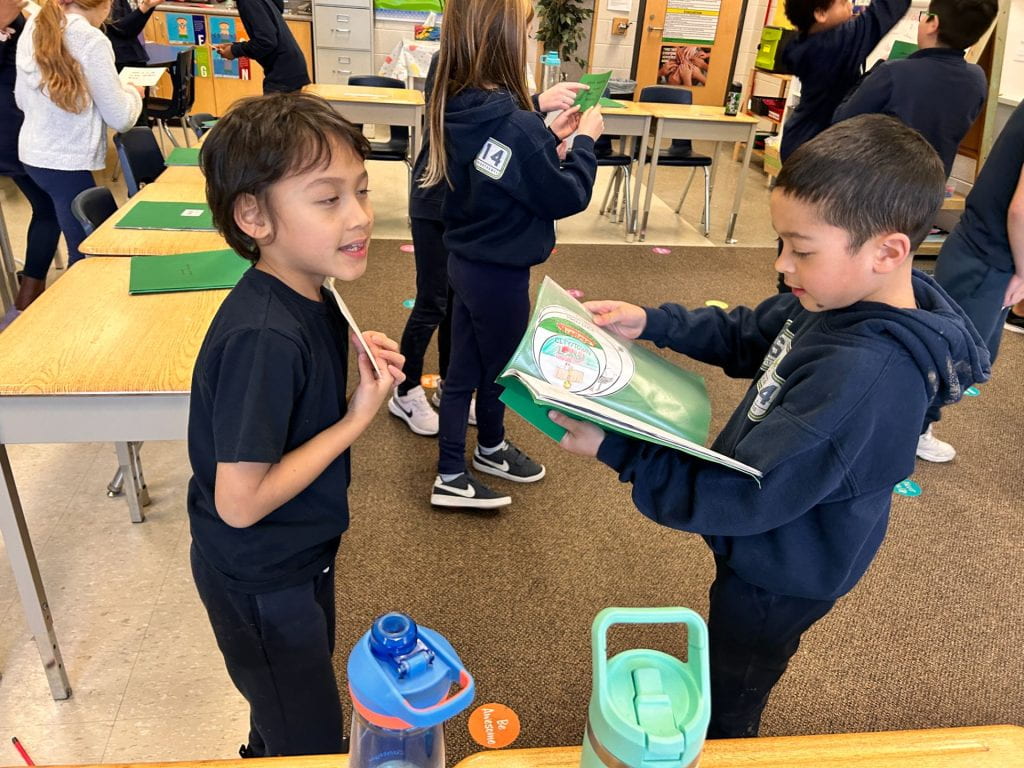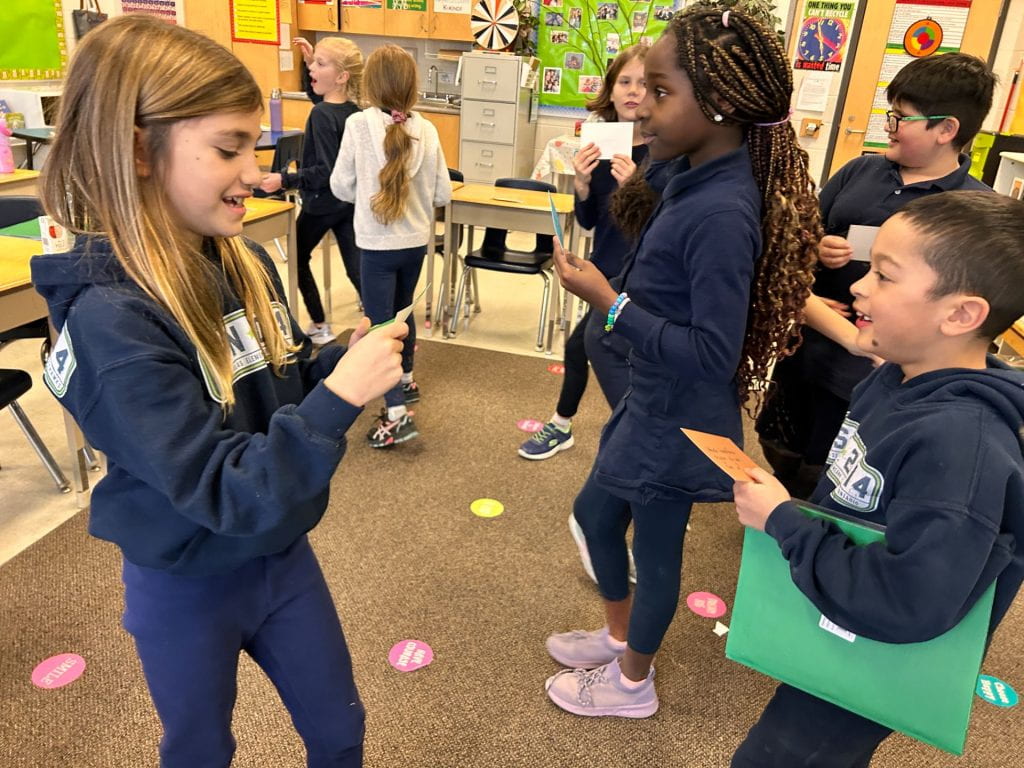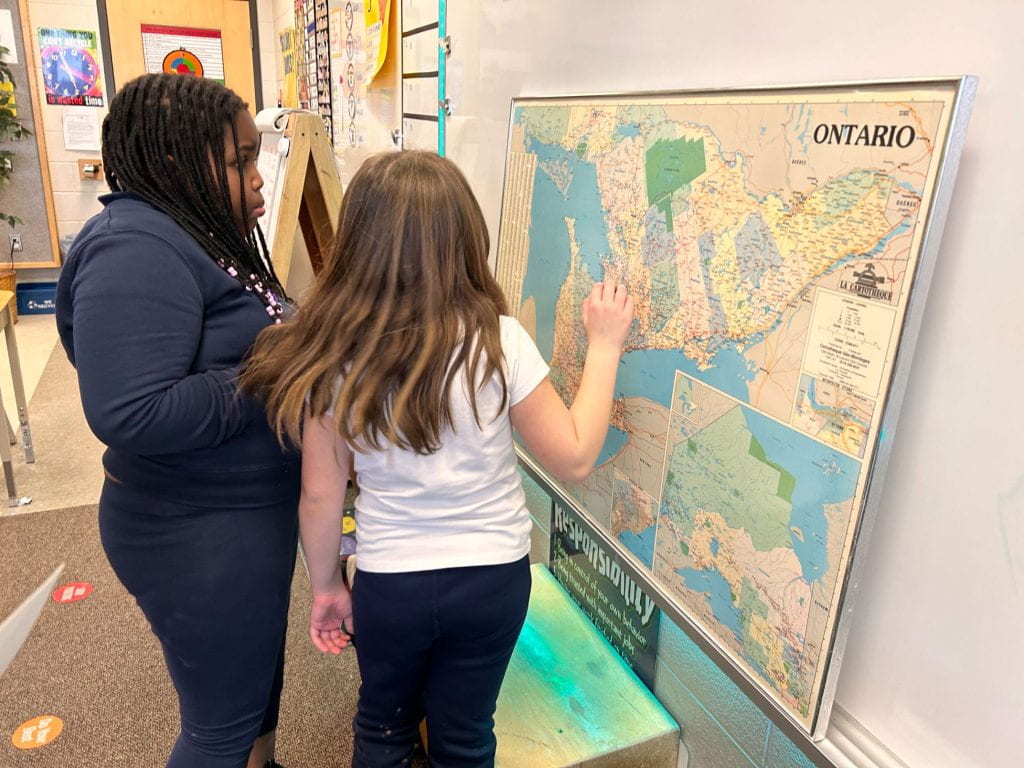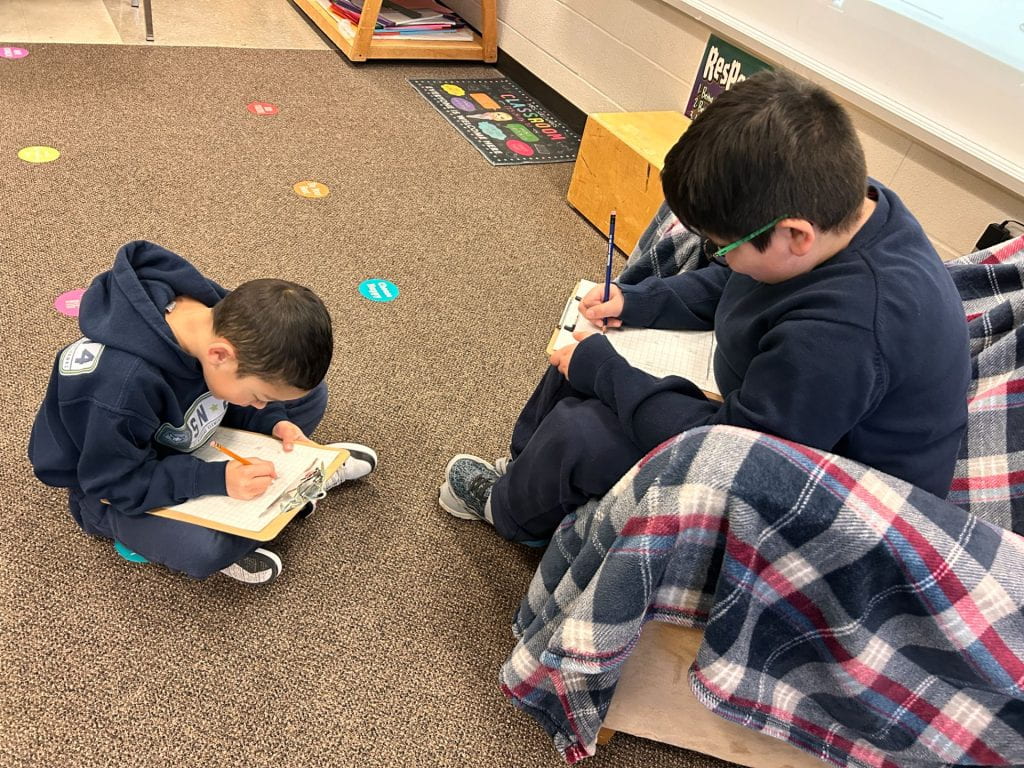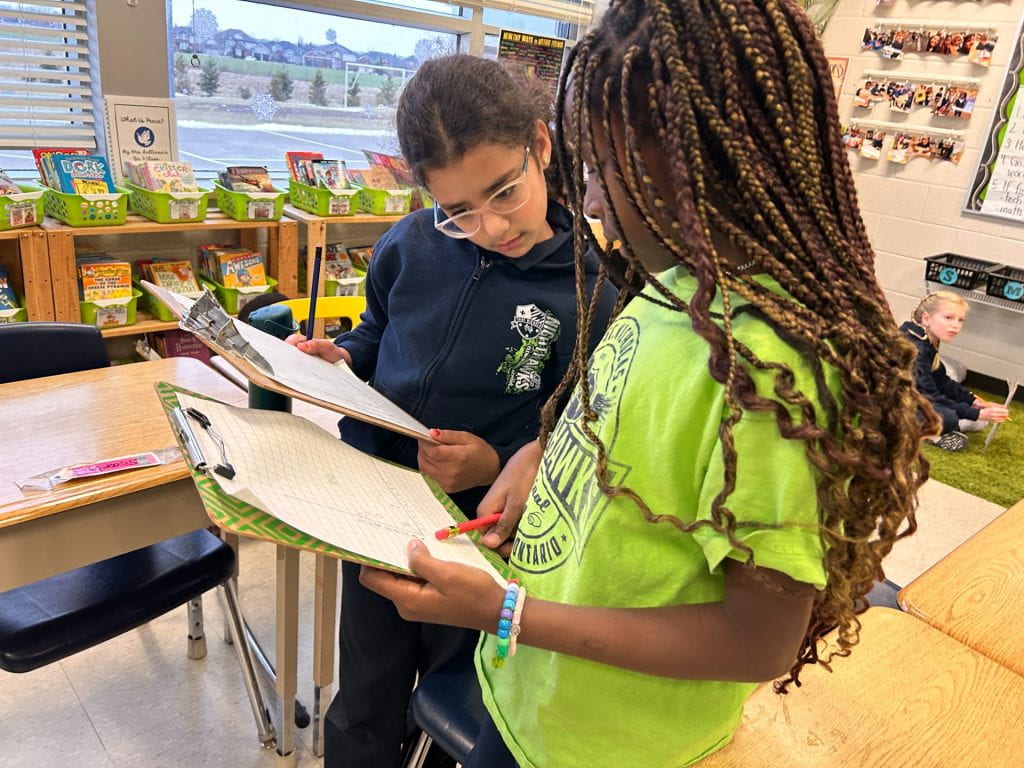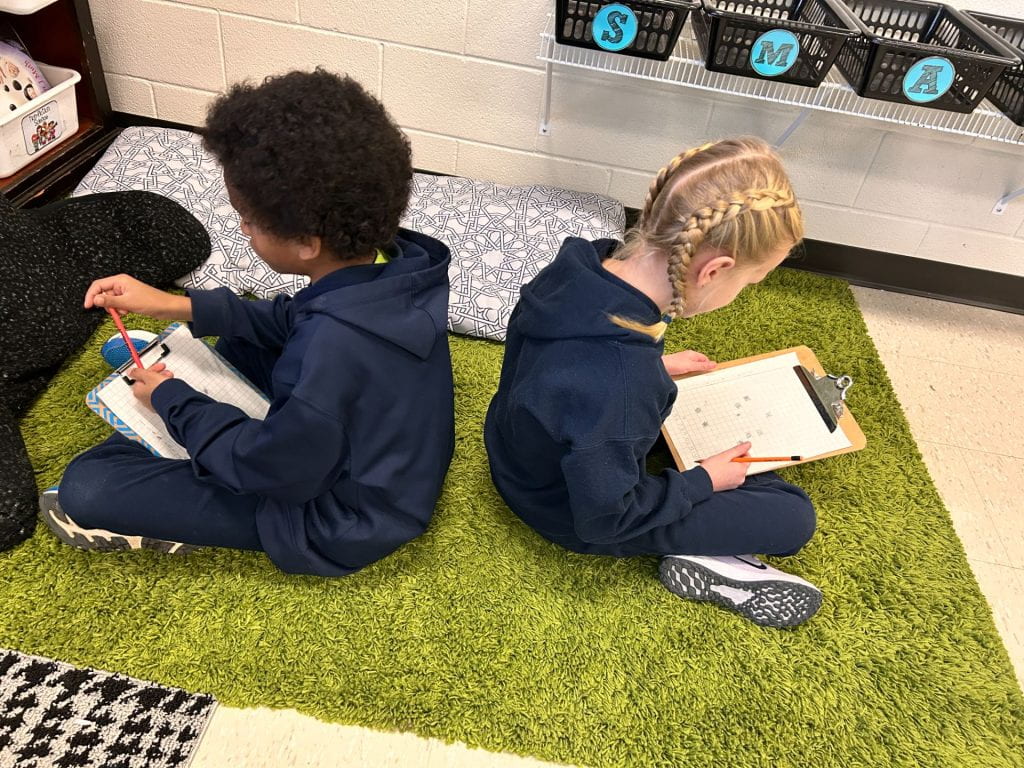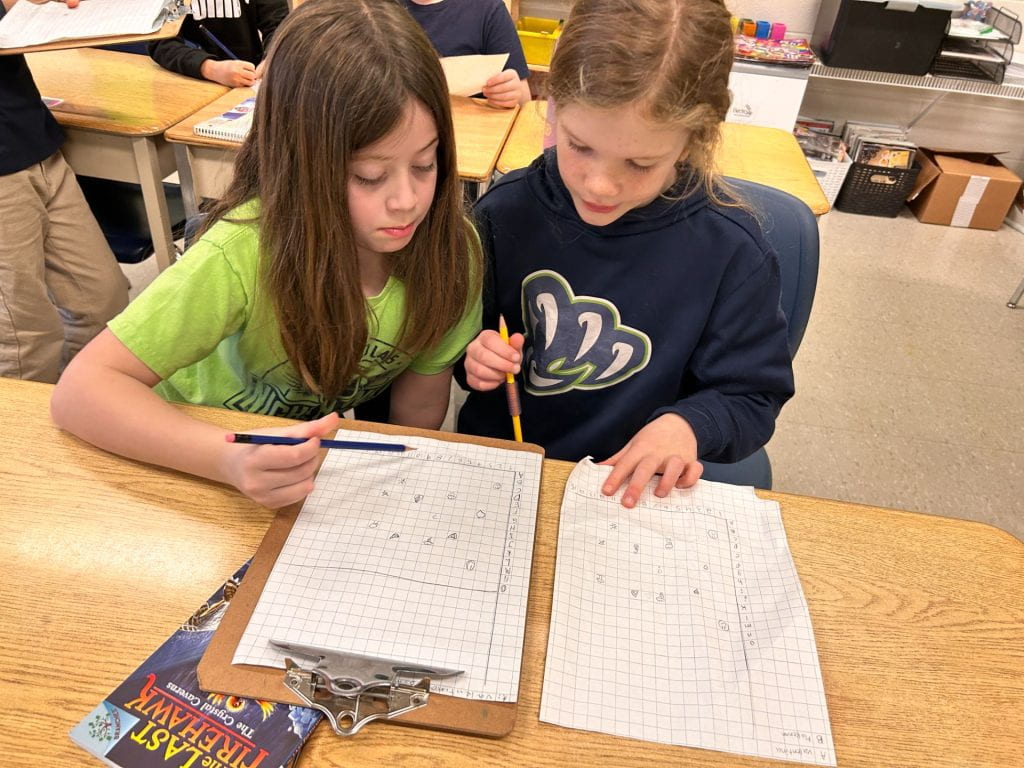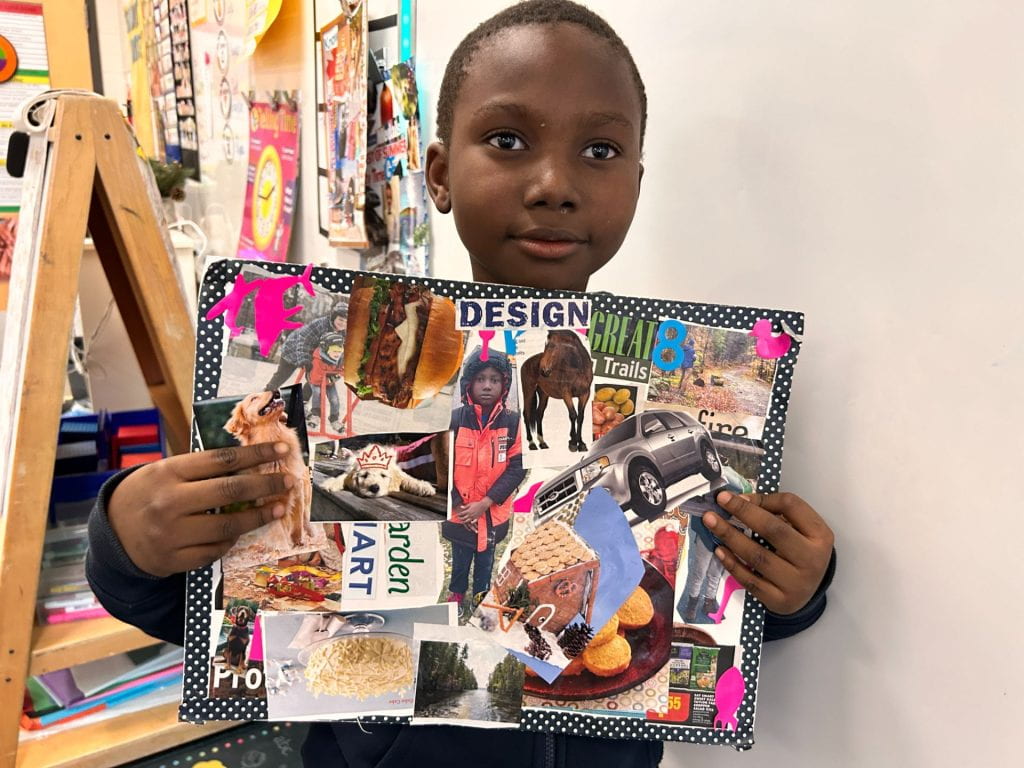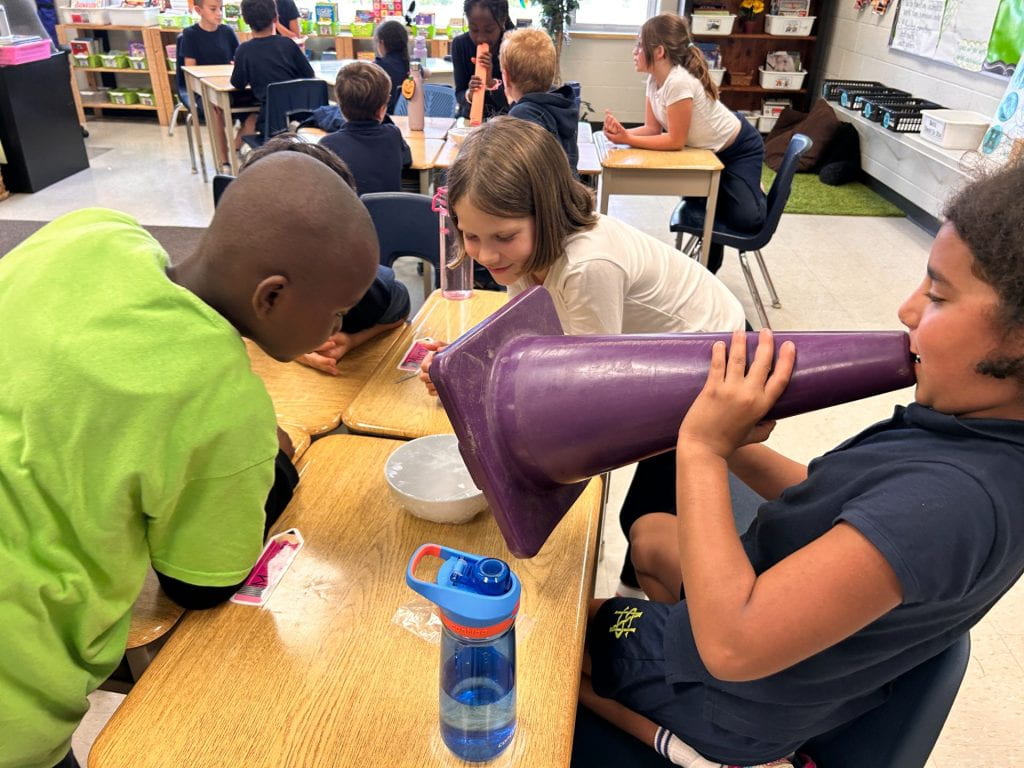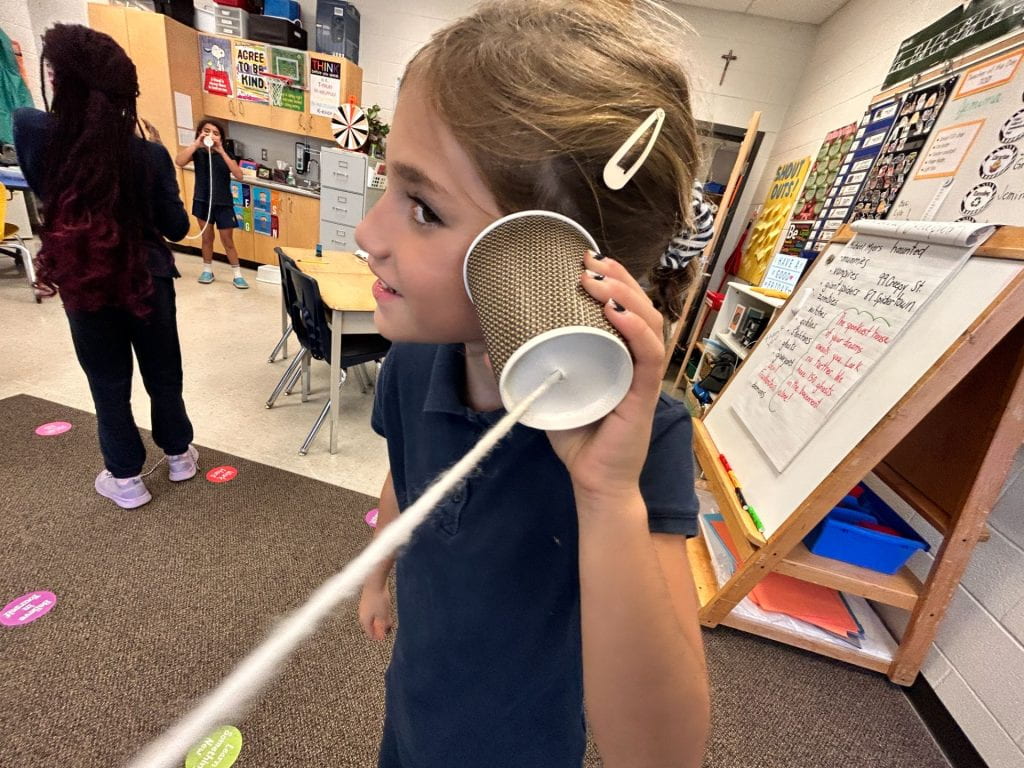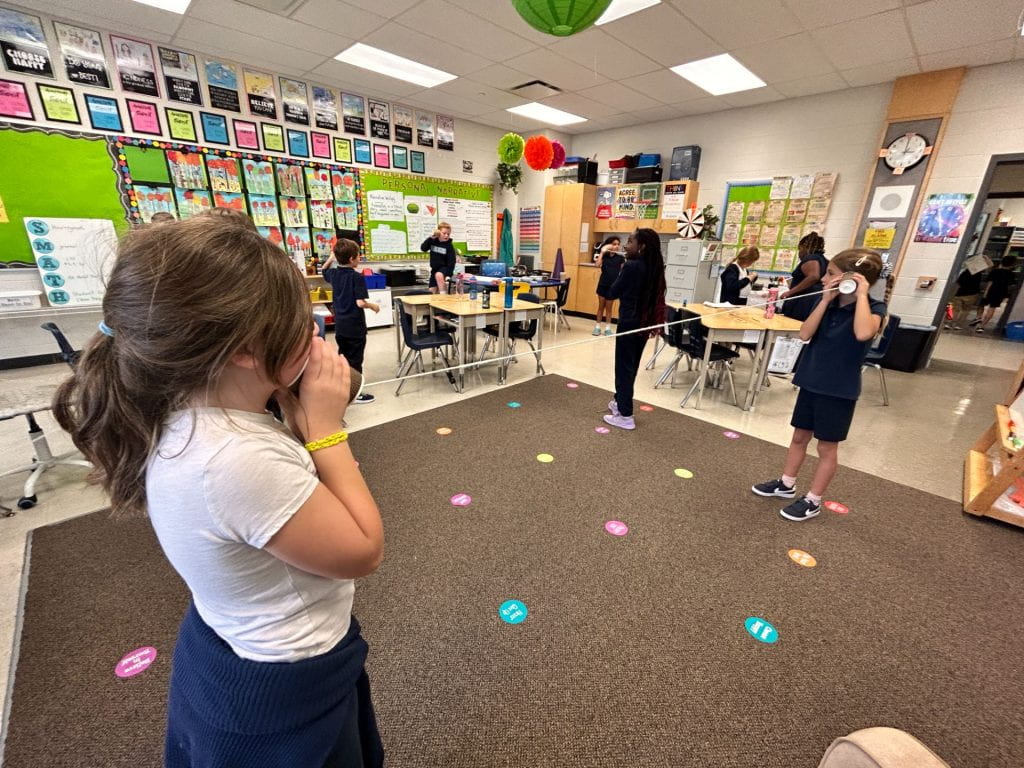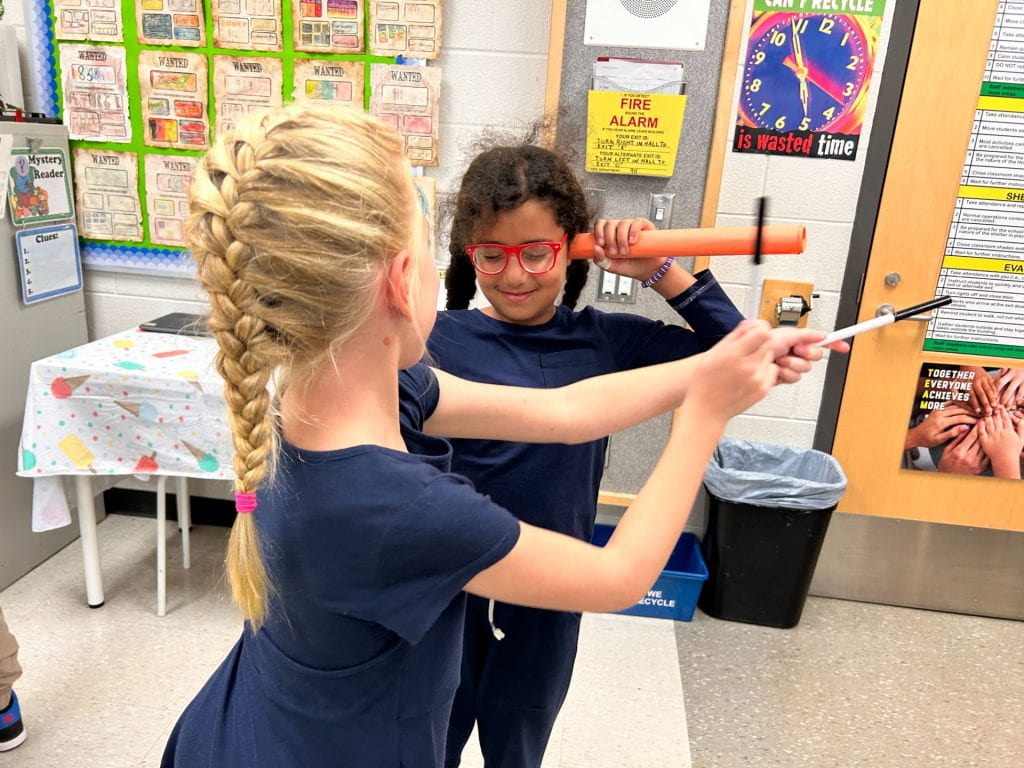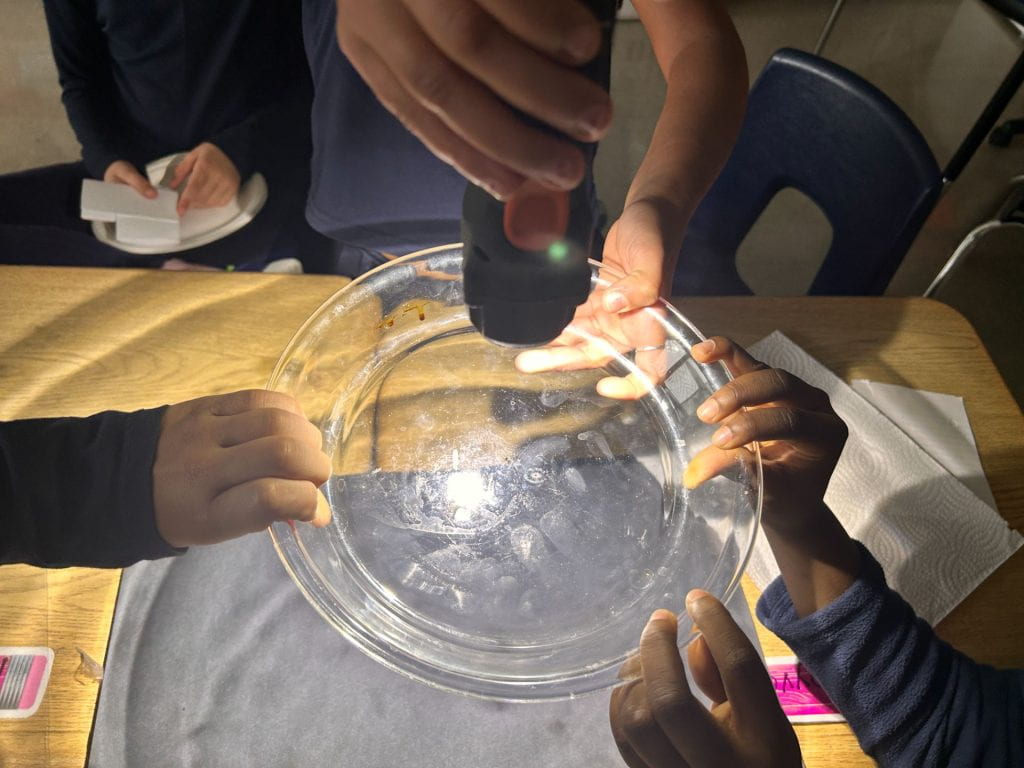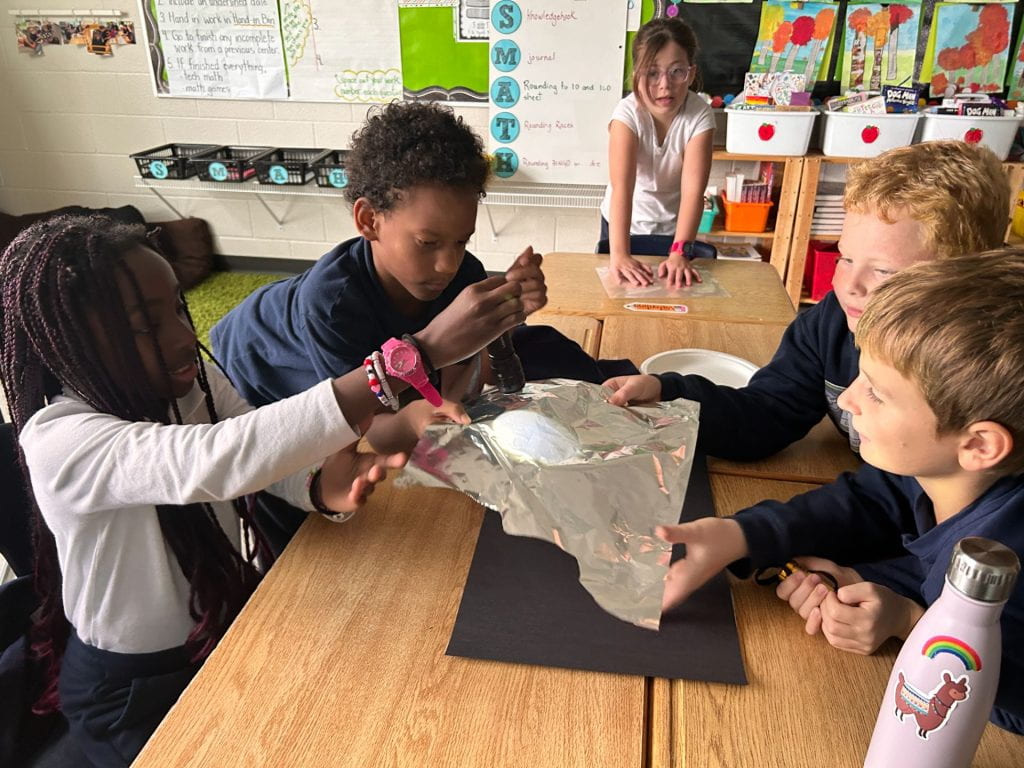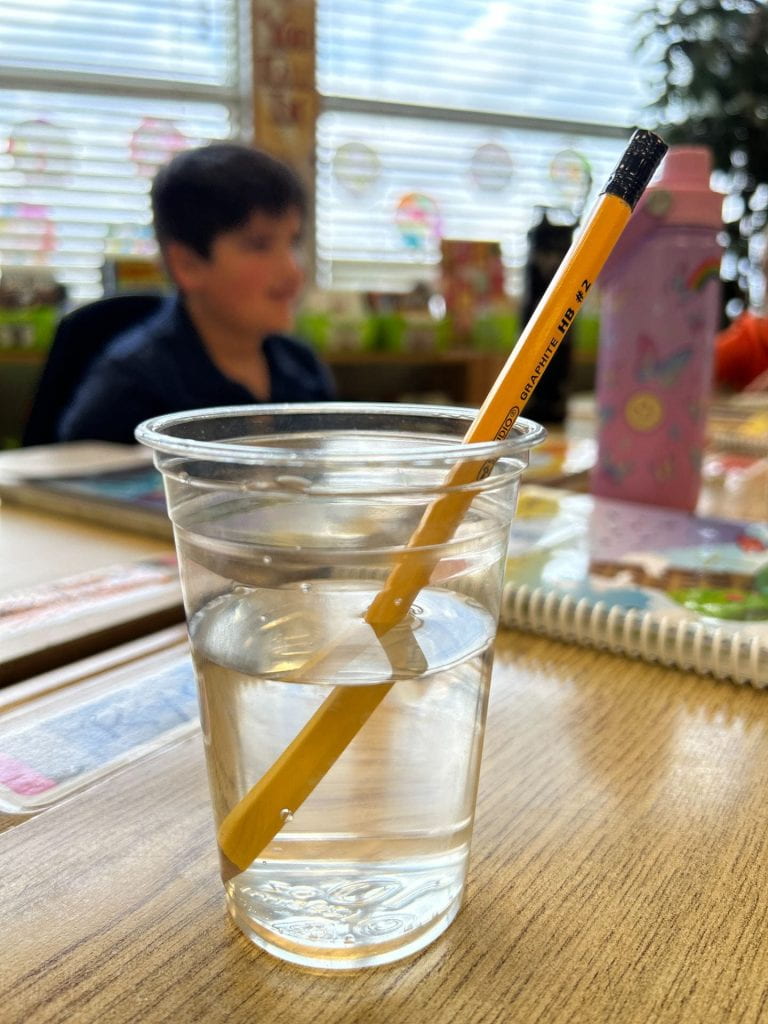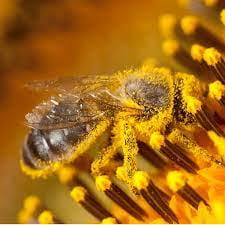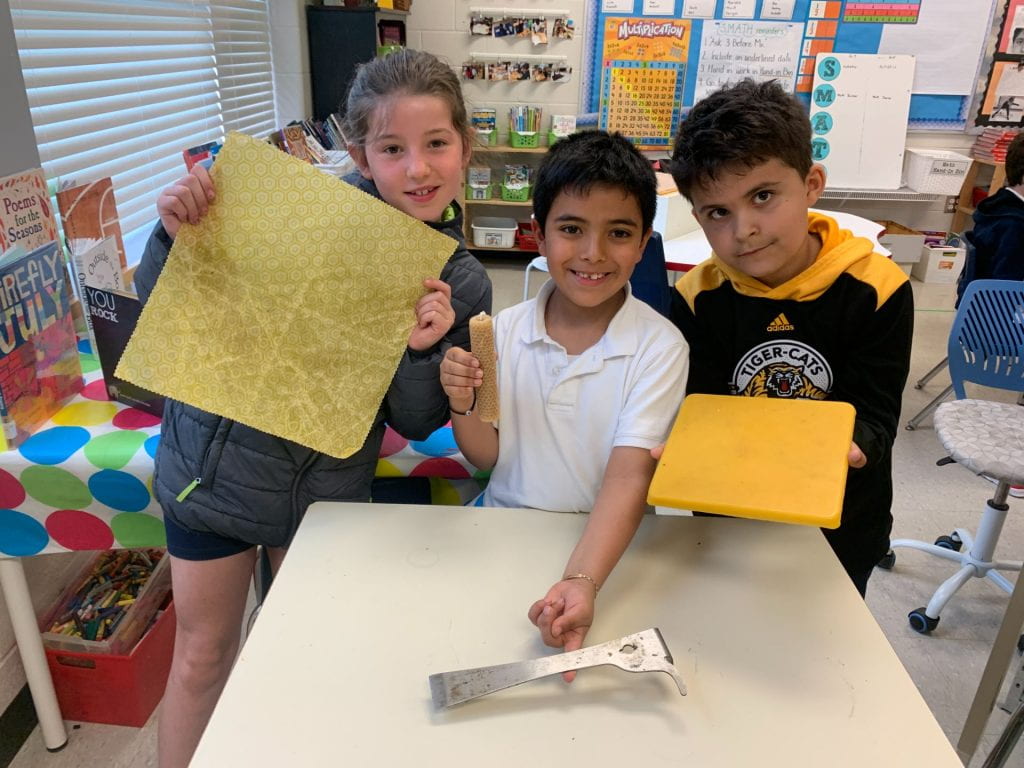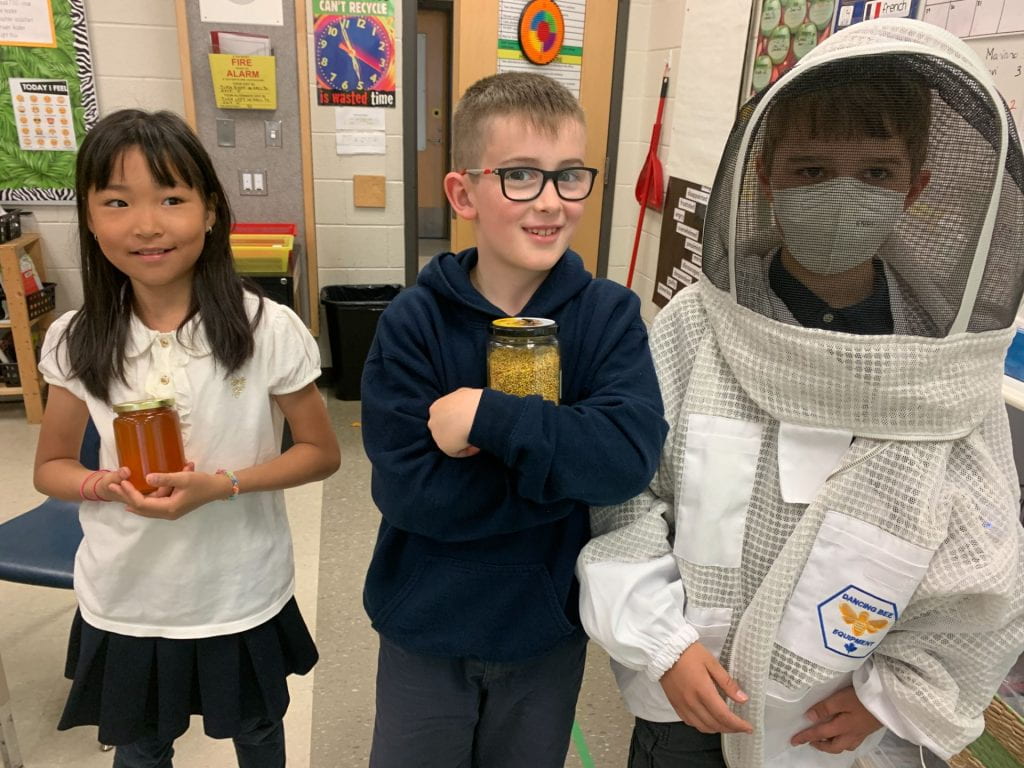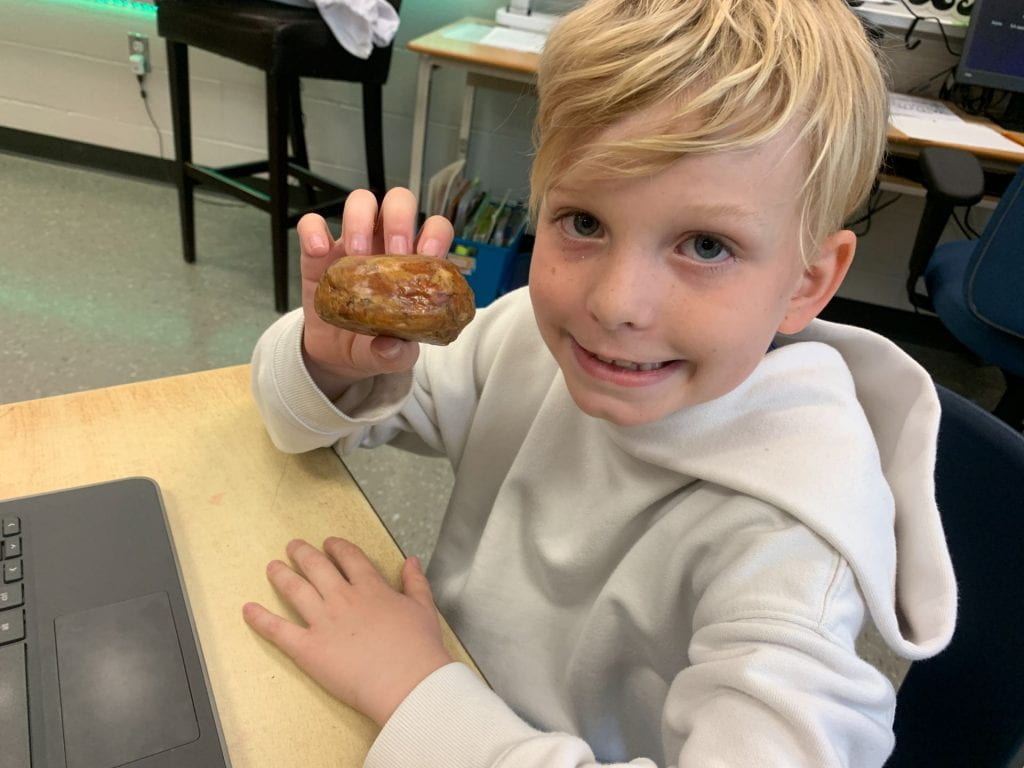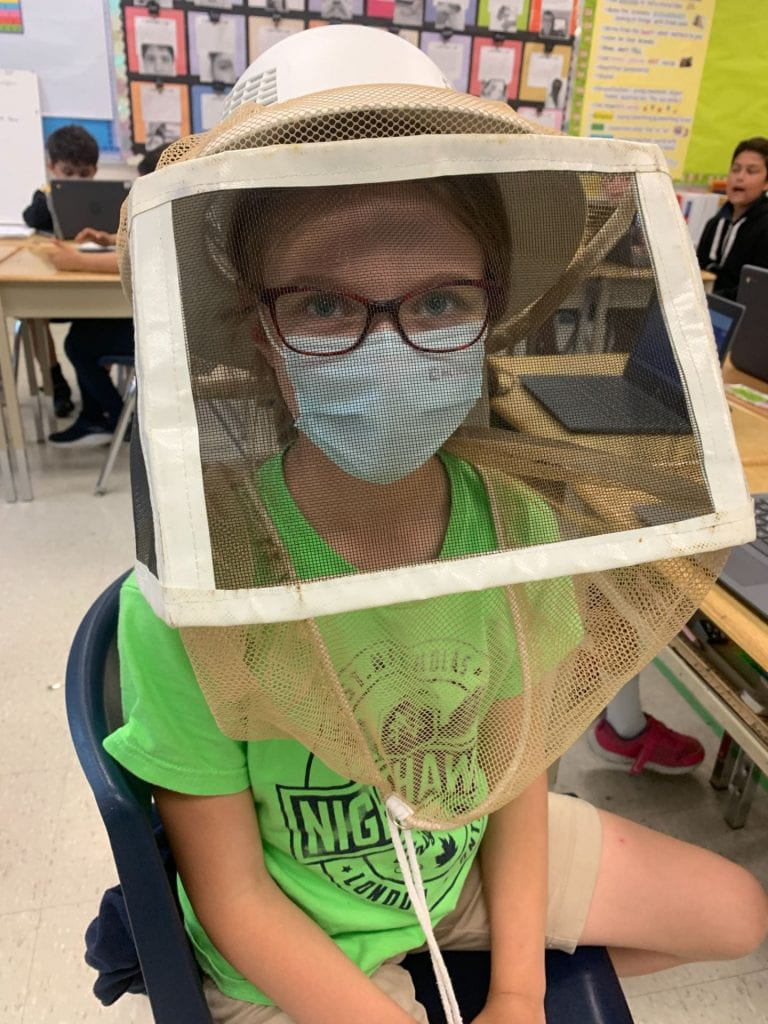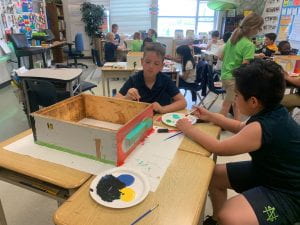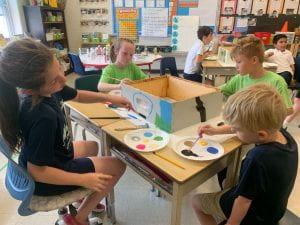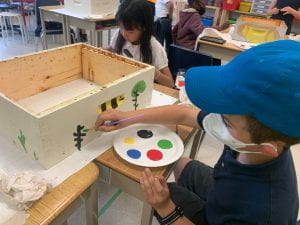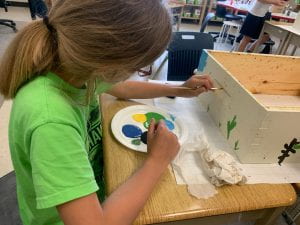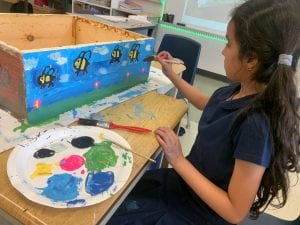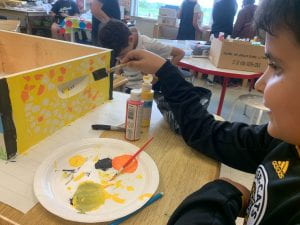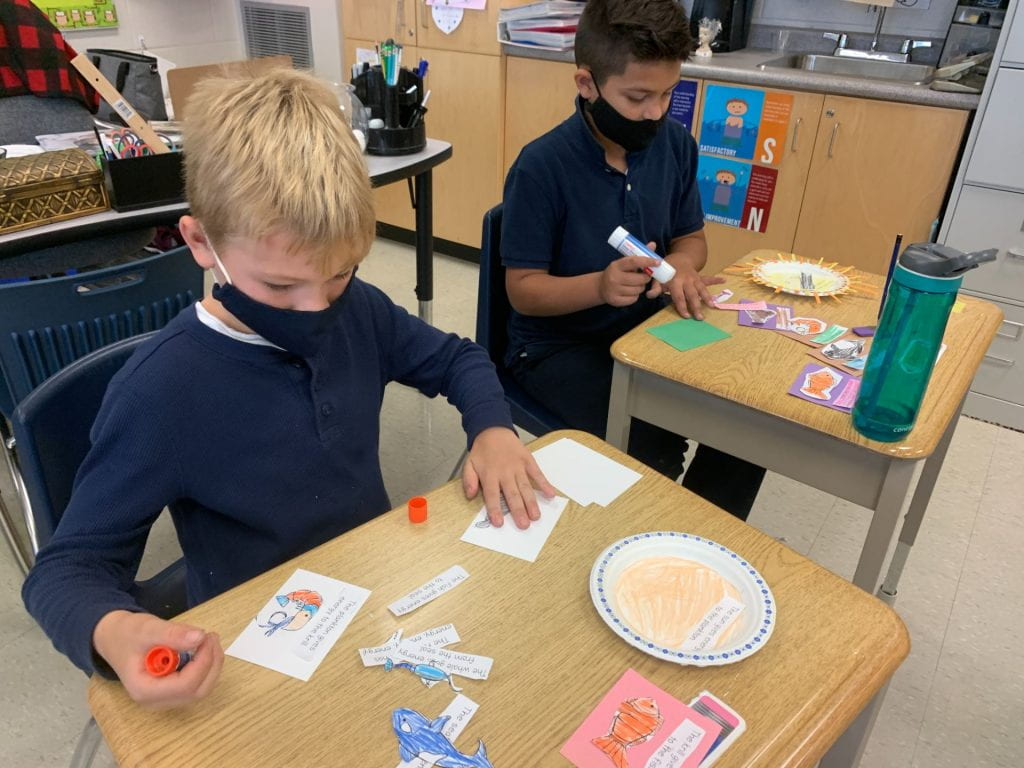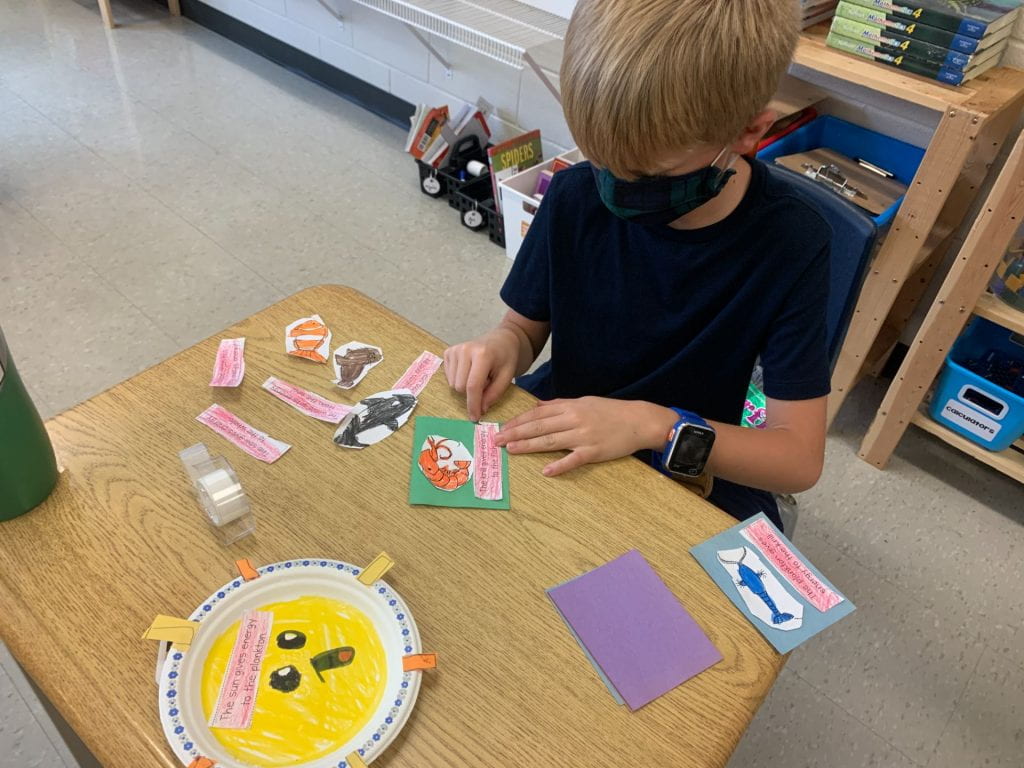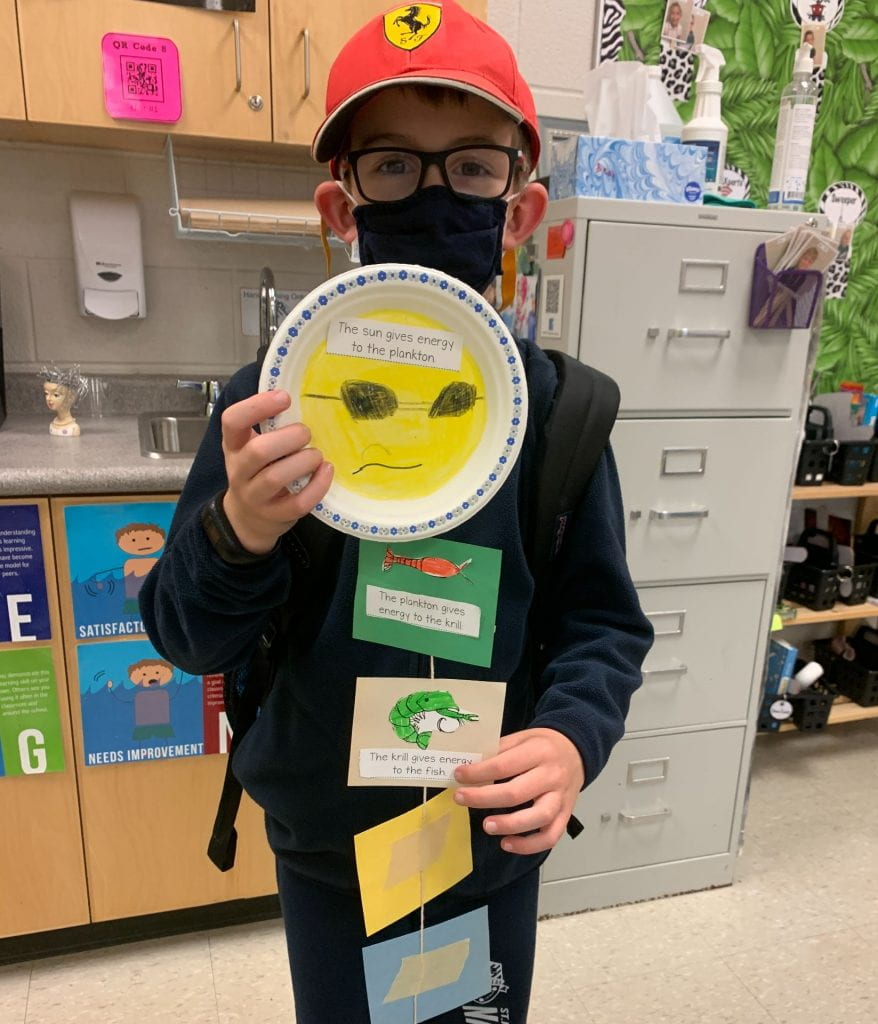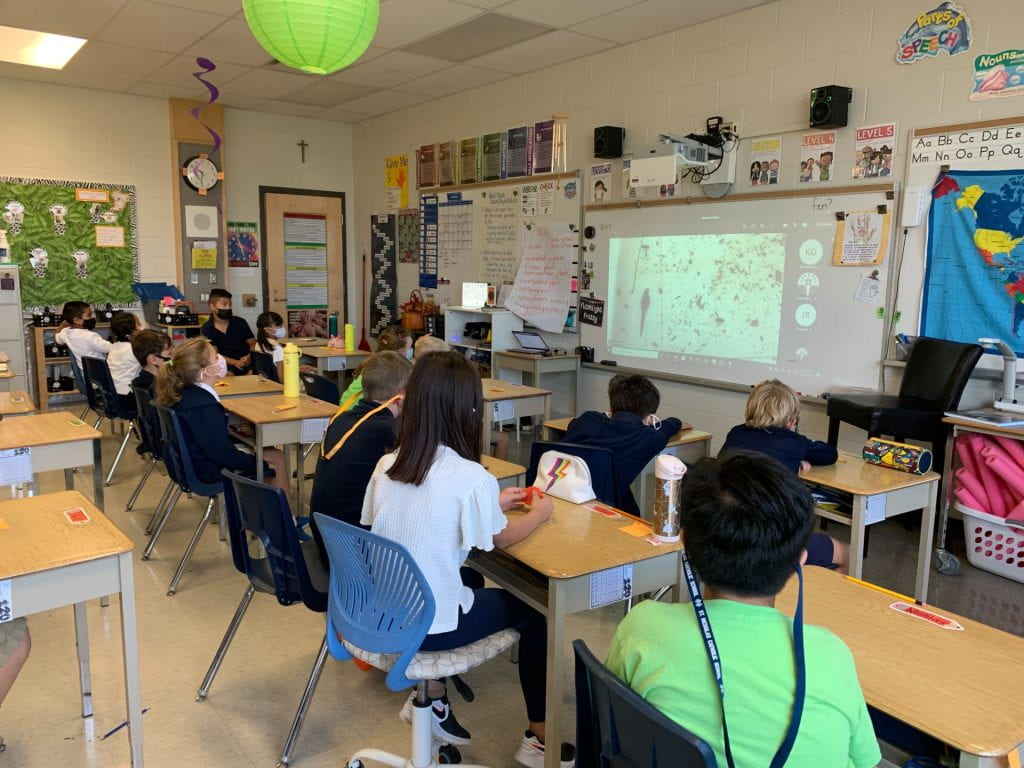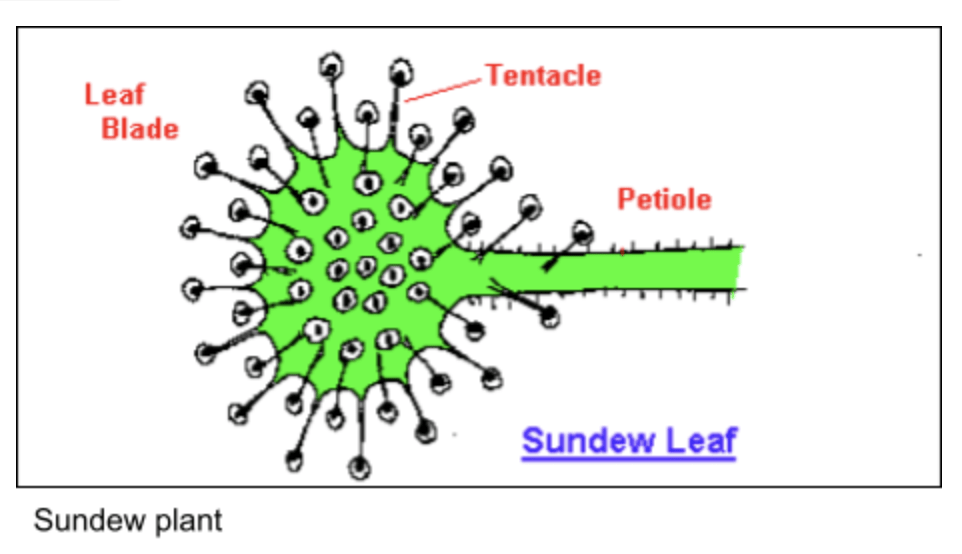Welcome to February!
January has come and gone and the learning continues in our classroom. Students are hard at work learning about nonfiction text features, how reading nonfiction differs from reading fiction, and more. We are being encouraged to explore nonfiction text both online and on paper. Miss Jeffries, our librarian, came in to teach us about an online database called Britannica School. It is a great way for students to research topics of their choosing. The articles can even read to the students!
We’ve wrapped up our Social Studies unit on communities in Ontario and played a review game called “Quiz Quiz Trade” to help prepare us for our final test.
Our Snowglobe stories are published and hanging on display in our classroom for all to admire. They are a fun read! We have such imaginative students in our room.
In math, we learned about movement on a grid along with cardinal directions (N,S,E,W) as well as directional turns (clockwise, counterclockwise, quarter turns, half turns). Our current unit is all about measurement, including telling time! Stay tuned for another post about that.
Feel free to leave us a comment and ask us any questions about our learning.
We hope you all have a great day!
- Let’s get reading!
- Reading in the Cube!
- Fun with cups with Mr. Sholtes
- almost there!
- What’s a rotary phone?
- exploring Ontario
- Review for Social Studies
- Where is Muskoka?
- Comparing our work
- Can you find C5?
- math partners
- UPower map

